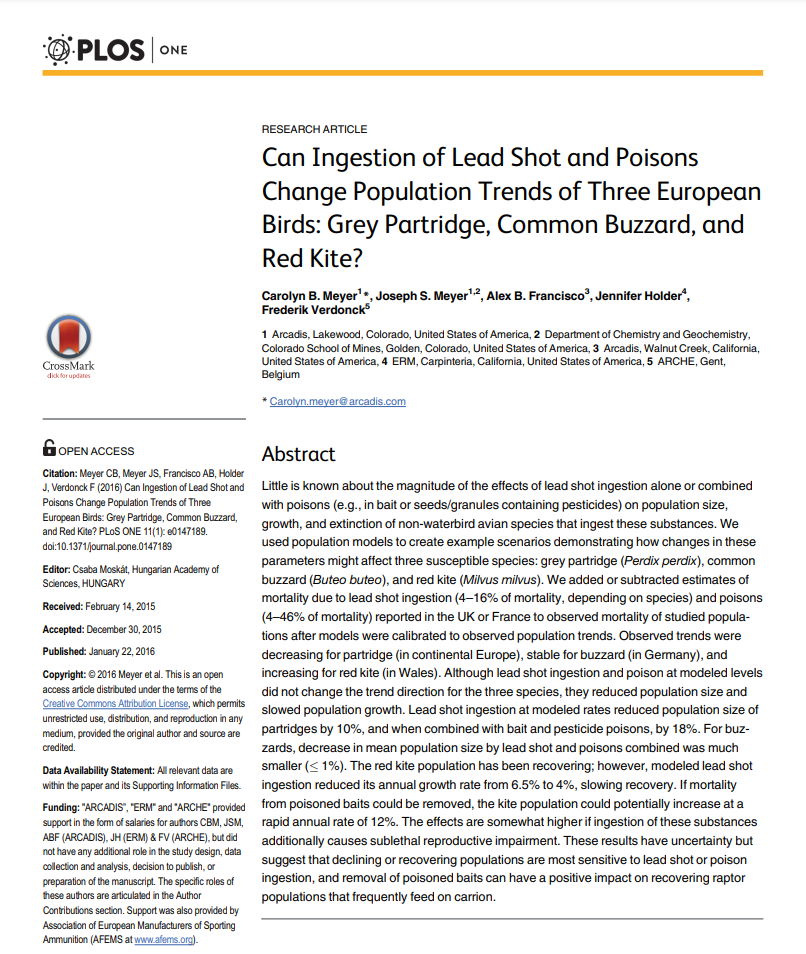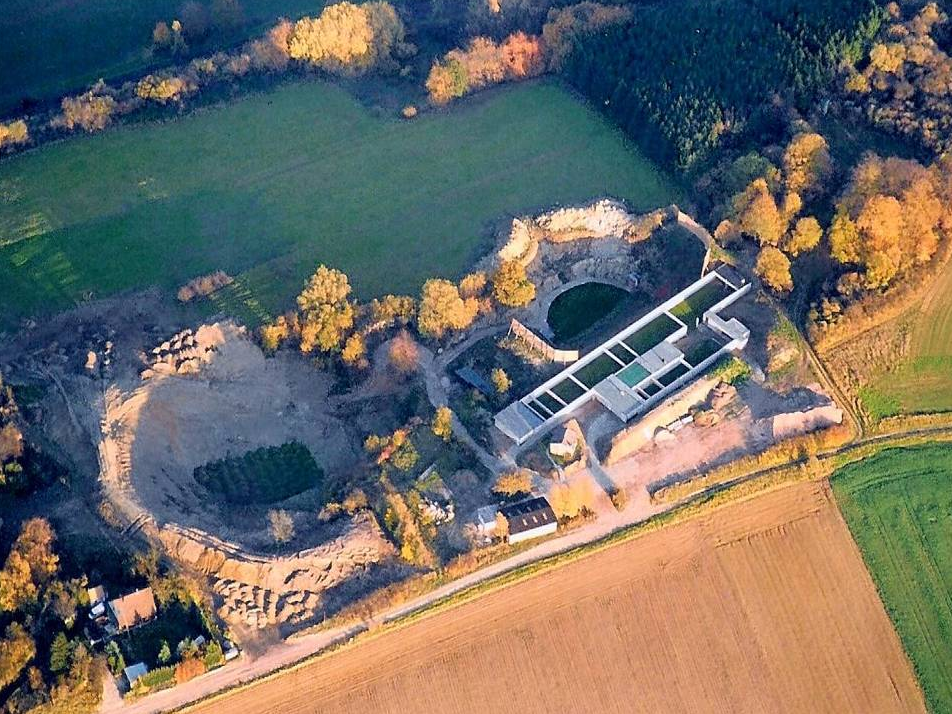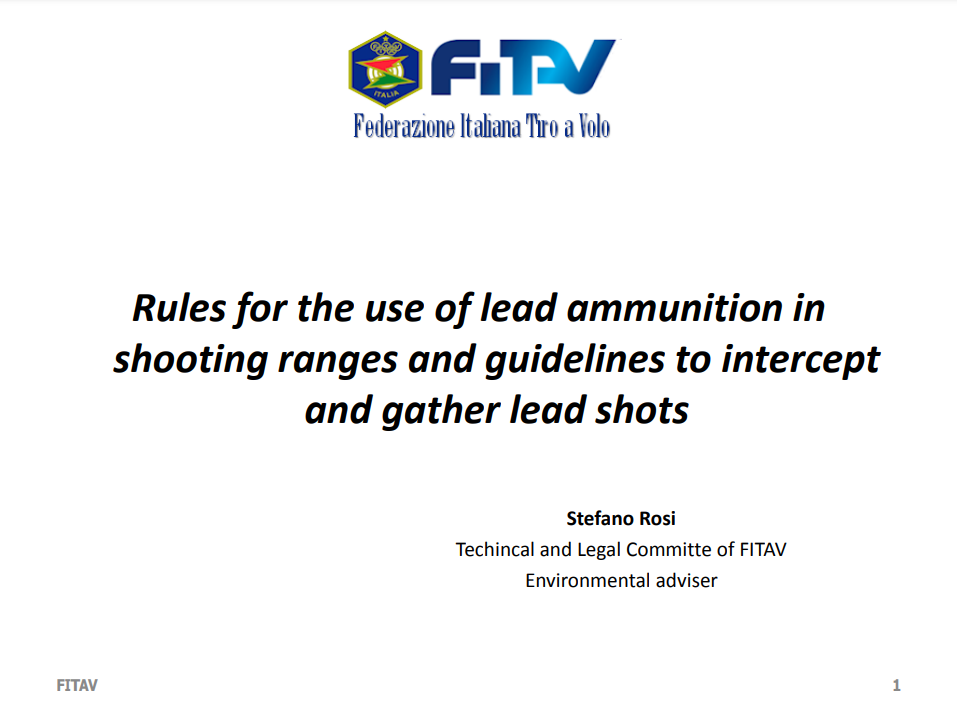Heavy metals in agricultural soils of the European Union with implications for food safety
In this article we propose that in some cases the high concentrations of soil heavy metal attributed to human activity can be detected at a regional level. While the immense majori




